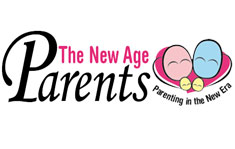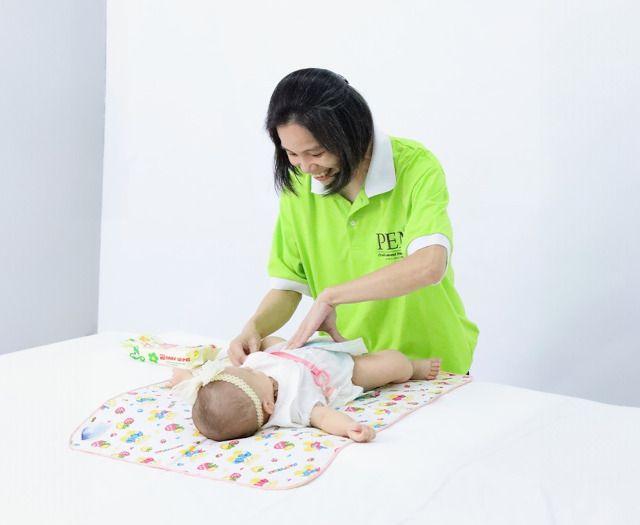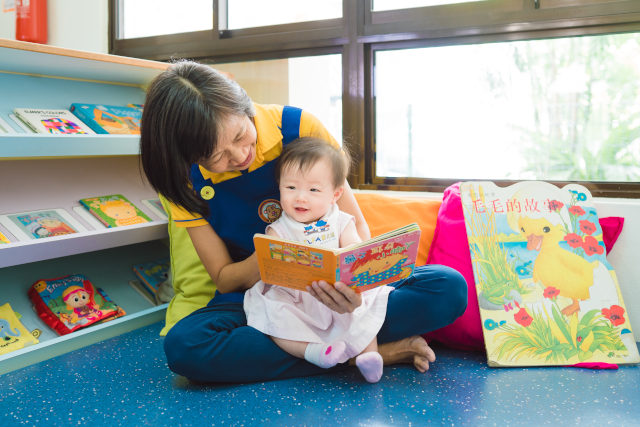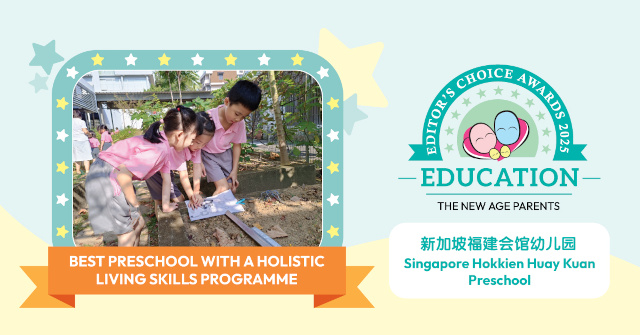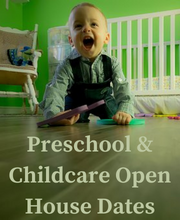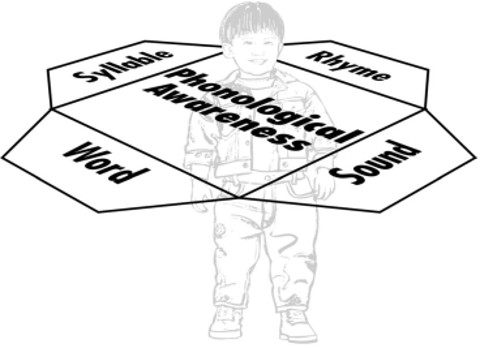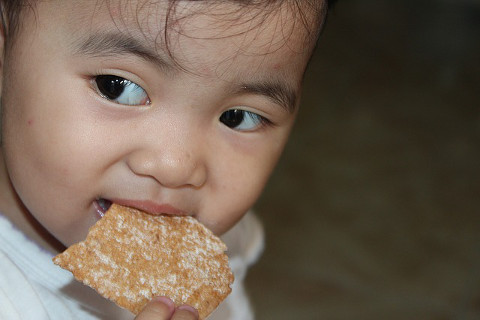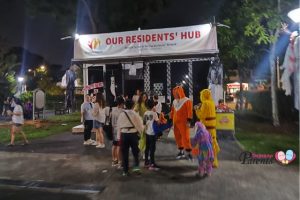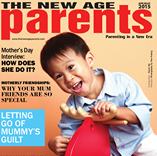“The development of language is one of the most complex developmental challenges and one that many children do not negotiate successfully.”

There has been a vast amount of research carried out in the past regarding the language development of multiple births (i.e. twins, triplets or more). It has emerged that the incidence of language delay in multiple births is significantly higher when compared to single born children. It is useful for both parents and professionals to understand the possible risk factors that may be associated with language delay in multiples.
A risk factor is defined as “characteristics that increase the likelihood of an individual having or developing a condition.” Understanding what may affect language development and looking out for the signs of language delay is crucial as language delay has been found to have “significant long-term consequences for children’s academic achievement and emotional well-being.”
There have been many studies that have investigated the risk factors associated with language delay in multiple births. However, it is important to note that these findings have been inconclusive throughout the research. None the less, it is important for parents of multiples to be made aware of the possible risk factors associated with language delay.
The risk factors suggested by some research are:
1. Identical versus fraternal twins
Three significant twin studies have found a higher prevalence of language delay in sets of identical twins than fraternal twins. This suggests that zygosity (whether twins are monozygotic-identical or dizygotic-fraternal) does indeed have an influence on language development. However, other studies found no significant difference between the language development of identical and fraternal twins, suggesting that shared genes alone are not the principal factor in relation to delayed language development in multiple births.
Later studies believe that it is a combination of both genetic factors and environmental factors (for example: childhood illness, prolonged periods of hospitalisation, neglect, ear and hearing difficulties and economic status) that impact on the development of language.

2. Prematurity and low birth weight
Low birth weight is a term that describes babies born less than 2500 grams/5.8 ounces. A baby who is born before 37 weeks gestation is considered premature. There has been a considerable amount of research into the impact that low birth weight and prematurity have on the language development of multiple births. These factors have been thought by many to be the main risk factors for the language delay often seen in the multiple birth population.
3. Spontaneous/artificially produced multiples
Spontaneously produced multiples are those that needed no assistance during conception. Artificially produced multiples are those conceived with the assistance of fertility treatment. Conflicting evidence has also been reported by researchers in relation to the developmental outcomes of spontaneously and artificially conceived twins. Although very little valid studies have addressed the issue of follow up of artificially reproduced twins (ART), the few studies that have researched them have found interesting results.
One study concluded that, in twin pregnancies, there is no difference in the developmental outcomes that can be attributed to conception, whether spontaneous or assisted. However, in contrast to this finding, researchers found that ART had poorer outcomes in language development than their spontaneously conceived counterparts as a result of ART having lower birth weights and lower gestational ages.
4. Ear Infections
Recurrent ear infections are a cause for concern for professionals as when the ear is infected it causes a mild and temporary hearing loss. Most bouts of ear infections (which occur in approximately 2 out of every 3 children) occur during the important early years when language is learned; therefore any loss in the ability to hear language may affect a child’s ability to develop language. Many studies have documented that recurrent otitis media in the early years of life can have an effect on the development of speech and language. However, other research has found that any otitis media effect is compensated for during the preschool years or later.
5. The Language Environment
Few studies have reported on the influence an older sibling can have on the language development of their younger siblings. One particular study states that there is a difference in the language environment of twins and the language environment of two siblings. They believe that the language environment of two siblings of different ages would be more sophisticated than the language environment of twins as the older sibling would provide a higher language level than a co-twin could. They stated that if communication with siblings provides a significant influence on children’s language development, this could be a variable that may account for language delay in twins. However, the results of this study concluded that this variable was unlikely to be the main factor resulting in language delay in multiple births.
6. The Importance of identifying risk factors
Language development in multiples has been a topic that has produced many conflicting results regarding the risk factors that influence the development of language in this population. Studies have shown that delayed language is a common concern for parents of twins, and is one of the main reasons for referral to developmental clinics. It is necessary to comprehend the risk factors associated with delayed language development so that early identification and intervention can occur, which will lessen the potential negative effects of a language impairment. If you are a parent of multiples and you are concerned about their language development, do contact your paediatrician or a Speech and Language Therapist.
Tips for parents of twins or multiples
- Ensure you create opportunities for individual interaction times with each of your multiples. Take time each day to interact with your multiples one to one. For example, bathe your multiples separately or play with one of your multiples in a separate room while another caregiver plays with the other/others.
- Try to talk to your multiples as individual people. Respond to their individual facial expressions and vocalisations. If one of your multiples does something, react to it by using their name e.g. Jeremy you’re drinking juice. If one of your multiples asks you a question, answer them directly, again by using their name and turning your attention towards them.
- Encourage listening, waiting and turn-taking during activities such as playtime or just when speaking to your multiples. Use language like John it’s your turn to talk, Jack you need to wait for your turn. It’s your turn to listen Jack, you can talk next.
- Use gestures with words to help support your multiples understanding of language. For example, waving bye-bye while saying the word; Talking about what your multiples are doing e.g. Jack’s playing with blocks, John’s laughing etc. Keep your language simple when you are describing actions and always remember to make your language specific to each individual multiple (by using their name).
This article is brought to you by a team of speech-language therapists and occupational therapists from THK Therapy Services. They work with children of all ages with communication, motor or attention difficulties.
If you find this article useful, do click Like and Share at the bottom of the post, thank you.
Like what you read and want more? Receive our latest articles and giveaways when you sign up on our mailing list here.
